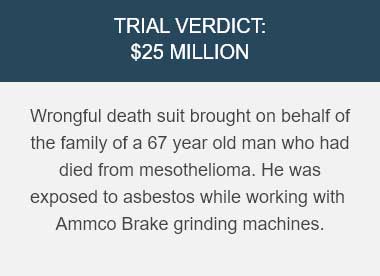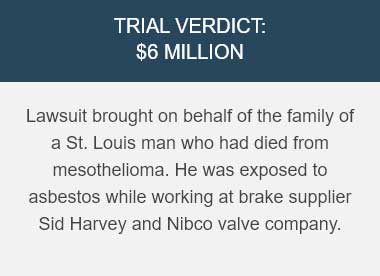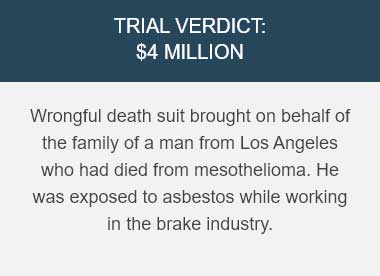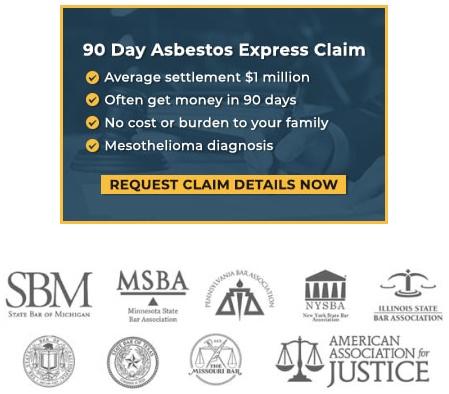Blacksmiths today tend to work in artisanal settings rather than create tools. In spite of changes, the overall blacksmithing process is still the same.
Blacksmiths Fast Facts
- National Employment, 2018: 21,000
- Similar Occupations: Boilermakers, carpenters, assemblers and fabricators, welders, cutters, and solderers, machinists
- Previously Exposed: Yes
- Still Being Exposed: No
- Asbestos-Related Disease Risk: Moderate
- States with Highest Unemployment: Michigan, California, Ohio, Pennsylvania, Texas
The blacksmithing process starts with metal getting heated in a forge so that it softens. When the metal begins to glow, blacksmiths pick it up with a pair of tongs and put it on an anvil so it can be molded and shaped into the proper configuration with a pressure hammer and presses. The metal can be returned to the forge during the process of shaping to reheat it so it stays pliable.
Hardening the finished iron involves heating it in a forge to very high temperatures, from at least 500 degrees F to more than 1300 degrees F and then soaking it in a bath of cold water. The next step is called tempering or making the metal product less brittle. The item is taken back to the forge and heated to a temperature that is lower, where it stays for a longer time.
During the 20th century, blacksmiths were exposed to asbestos in equipment that was fitted with asbestos to resist heat. Asbestos-related diseases usually are traced back to asbestos exposure caused by poor workplace safety. It has been estimated that at least 4,000 lawsuits have been filed over occupational asbestos exposure as of 2017.
Some of the products contained asbestos and exposed blacksmiths to asbestos were insulation in walls behind the forge to protect it from fires. Also, tiles on the floor and ceiling of the workshop around the forge and work area had asbestos in them. The clothing they wore also often contained asbestos to protect them from heat and fire.
Blacksmith Asbestos Exposure
Older blacksmithing tools had asbestos in them. Their use created more risk of asbestos fibers being released into the air where they could be inhaled. The blacksmith’s work area often had ceiling and floor tiles that contained asbestos. As they decayed over time, asbestos fibers would be released into the air. Blacksmiths also wore asbestos gloves to protect them from very hot metals.
Scientific Studies on Blacksmith Asbestos Exposure
A study in 1991 was conducted of 869 ironworkers, including structural and ornamental blacksmiths. The study included a review of the workers’ medical and occupational histories, physical examinations, chest x-rays, and spirometry was done on more than 500 participants.
Of those studied, 329 had abnormalities in their pleura according to chest X-rays that were due to asbestos exposure. Further analysis showed that how long they were employed was the most important factor to determine how extensive abnormalities were for each person.
Blacksmith Asbestos and Mesothelioma Lawsuits
Two former BNSF Railway workers sued their former employer alleging they developed mesothelioma from asbestos exposure at the railroad. One of the men worked as a blacksmith starting in 1943. In the asbestos lawsuit, both men said they had to work around materials that contained asbestos, which was in violation of federal law saying employees must have a safe place to work.
BNSF denied their responsibility and said the lack of scientific information about asbestos dangers at the time the problems allegedly occurred. The company also blamed the recklessness of the plaintiffs who failed to take responsibility for their own well-being. The case has not been resolved.
Manufacturers
Foseco, Inc. made heat-resistant products that contained asbestos that was used in foundries where blacksmiths worked. One of these products was a hot top that was used to keep molten steel at the proper temperature so it could be properly molded.







